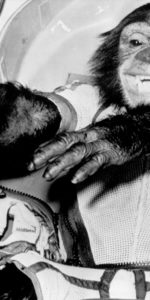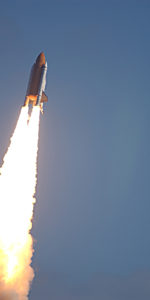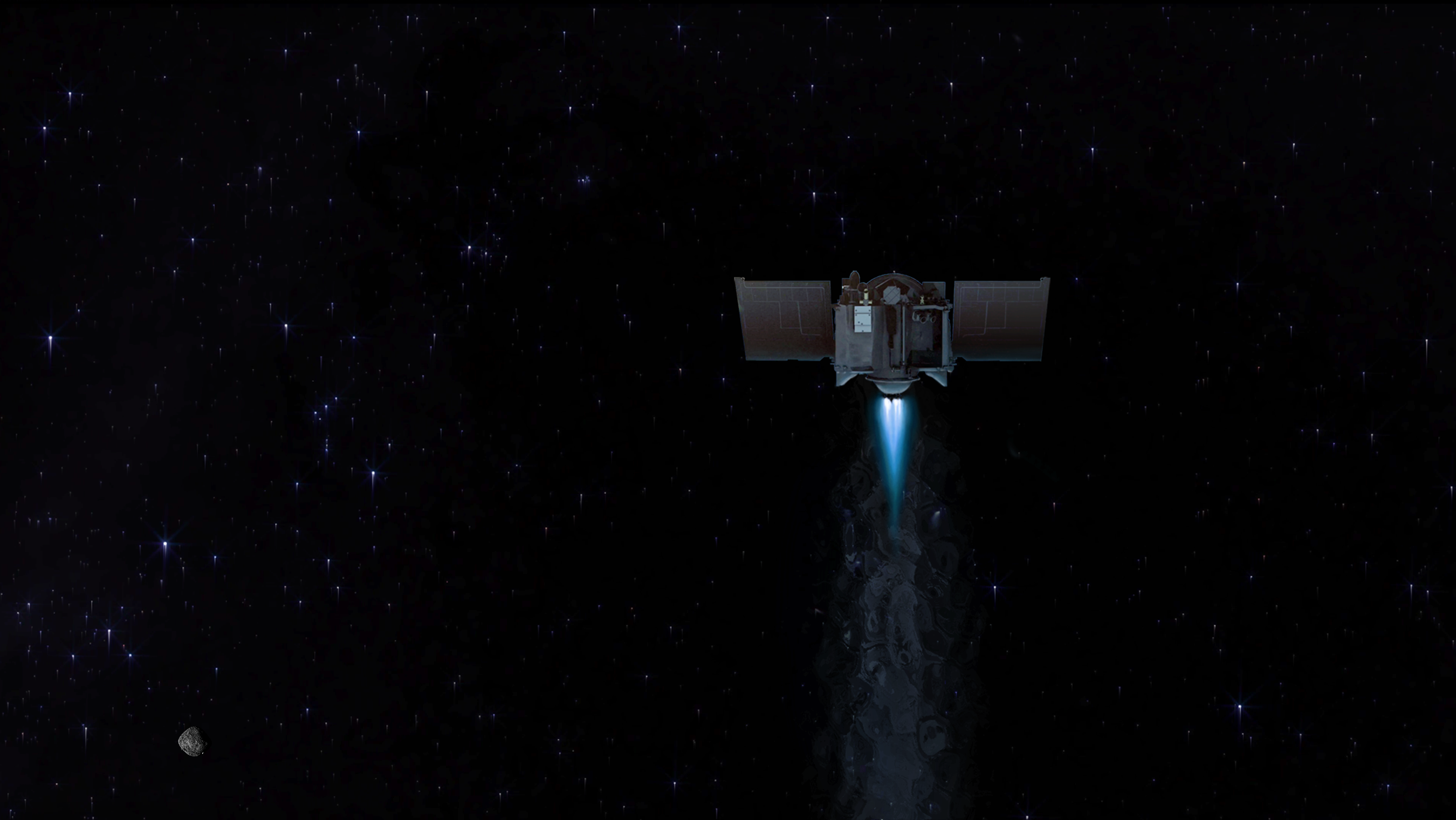
NASA’s Origins, Spectral Interpretation, Resource Identification, Security, Regolith Explorer (OSIRIS-REx) mission has been a huge success. The spacecraft has been studying the asteroid Bennu in great detail, and last October, it collected samples of rock, sand and dust for later return to Earth. Now, mission scientists are preparing OSIRIS-REx to leave Bennu behind on May 10, 2021. This was the first U.S. mission to ever obtain samples from an asteroid for delivery back to Earth.
“Leaving Bennu’s vicinity in May puts us in the ‘sweet spot,’ when the departure maneuver will consume the least amount of the spacecraft’s onboard fuel,” said Michael Moreau, OSIRIS-REx deputy project manager at NASA’s Goddard Space Flight Center in Greenbelt, Maryland. “Nevertheless, with over 593 miles per hour (265 meters per second) of velocity change, this will be the largest propulsive maneuver conducted by OSIRIS-REx since the approach to Bennu in October 2018.”
The departure from Bennu will be the beginning of the long journey back to Earth, which will take a couple years. The spacecraft is expected to arrive back home on Sept. 24, 2023.
On Oct. 20, 2020, OSIRIS-REx collected material from a fairly small, flatter region called Nightingale. The sample collection was successful, and scientists say that the spacecraft was able to obtain more than the hoped-for two ounces (60 grams).
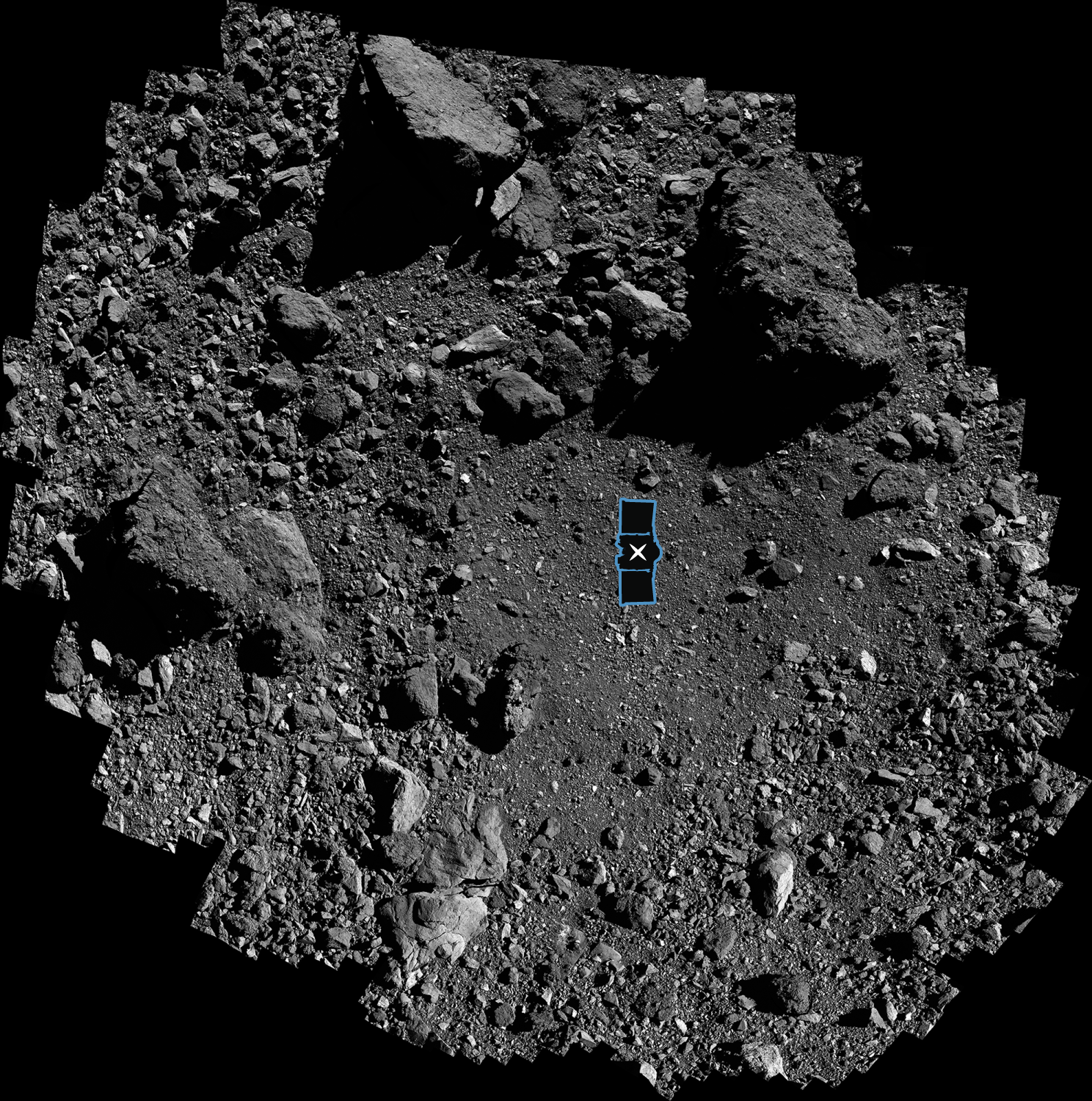
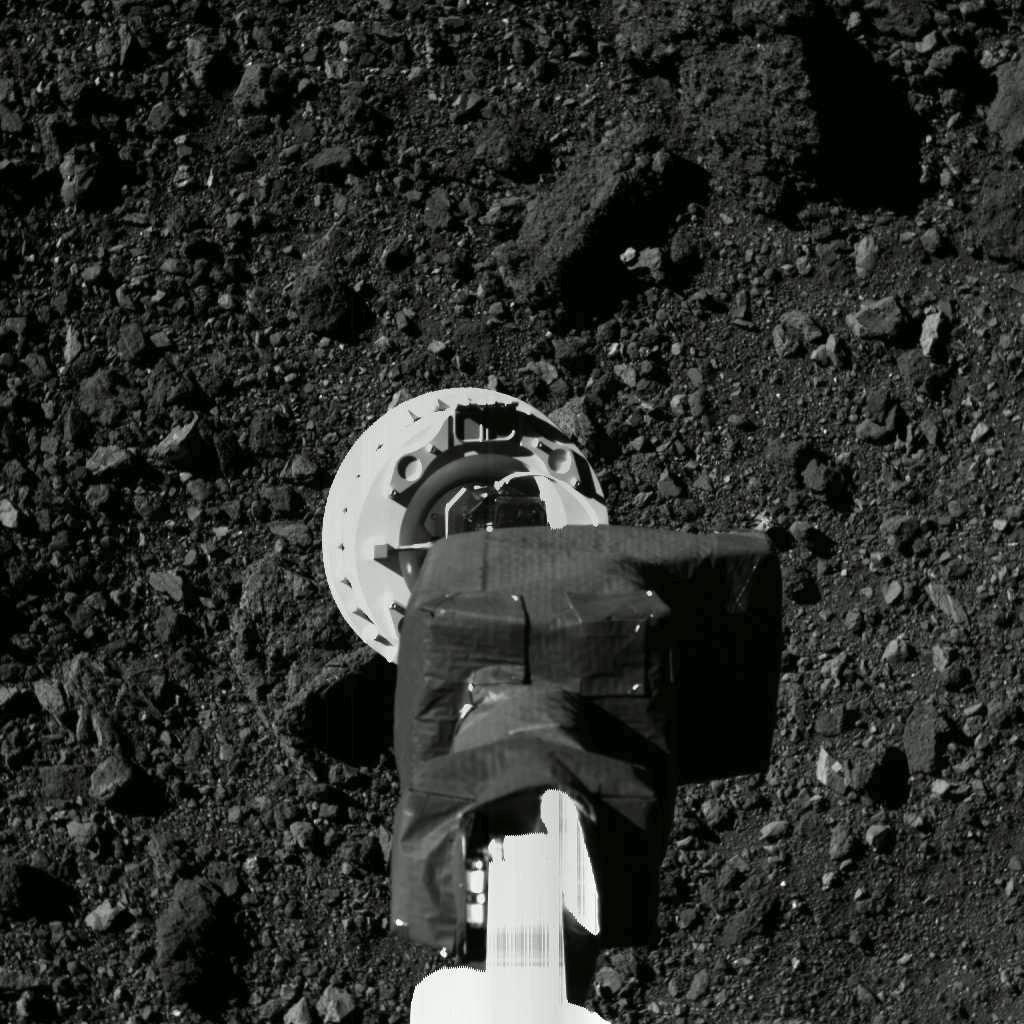
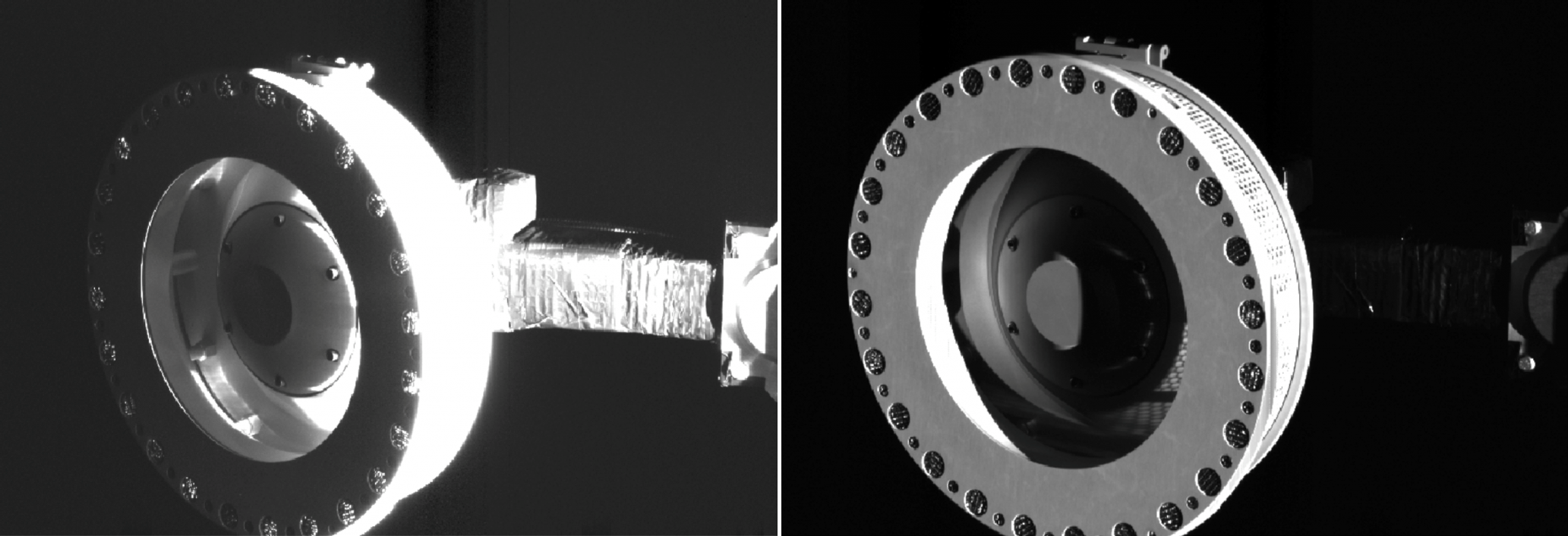
Apart from the sample collection, OSIRIS-REx made multiple orbits around Bennu, examining its structure and composition.
Upon leaving Bennu, the spacecraft will be able to make one last close flyby of the asteroid. In particular, mission scientists want to get another look at the sample site to observe how the collection process altered the surface. During the Touch-and-Go (TAG) sample collection event, the collector head penetrated 1.6 feet (48.8 centimeters) into the asteroid’s surface. The spacecraft’s thrusters also disturbed a substantial amount of surface material during the back-away burn, as the spacecraft lifted off the surface again.
The flyby is scheduled for sometime in April, and OSIRIS-REx will observe Nightingale from about 2 miles (3.2 kilometers) above the surface.
This will only be a single flyby, but the mission team is hoping that the spacecraft will be able to image Bennu during a full rotation and obtain high-resolution images of the asteroid’s northern and southern hemispheres as well as its equatorial region. This is similar to a previous observing sequence during the Detailed Survey phase in 2019.
“OSIRIS-REx has already provided incredible science,” said Lori Glaze, NASA’s director of planetary science at the agency’s headquarters in Washington. “We’re really excited the mission is planning one more observation flyby of asteroid Bennu to provide new information about how the asteroid responded to TAG and to render a proper farewell.”
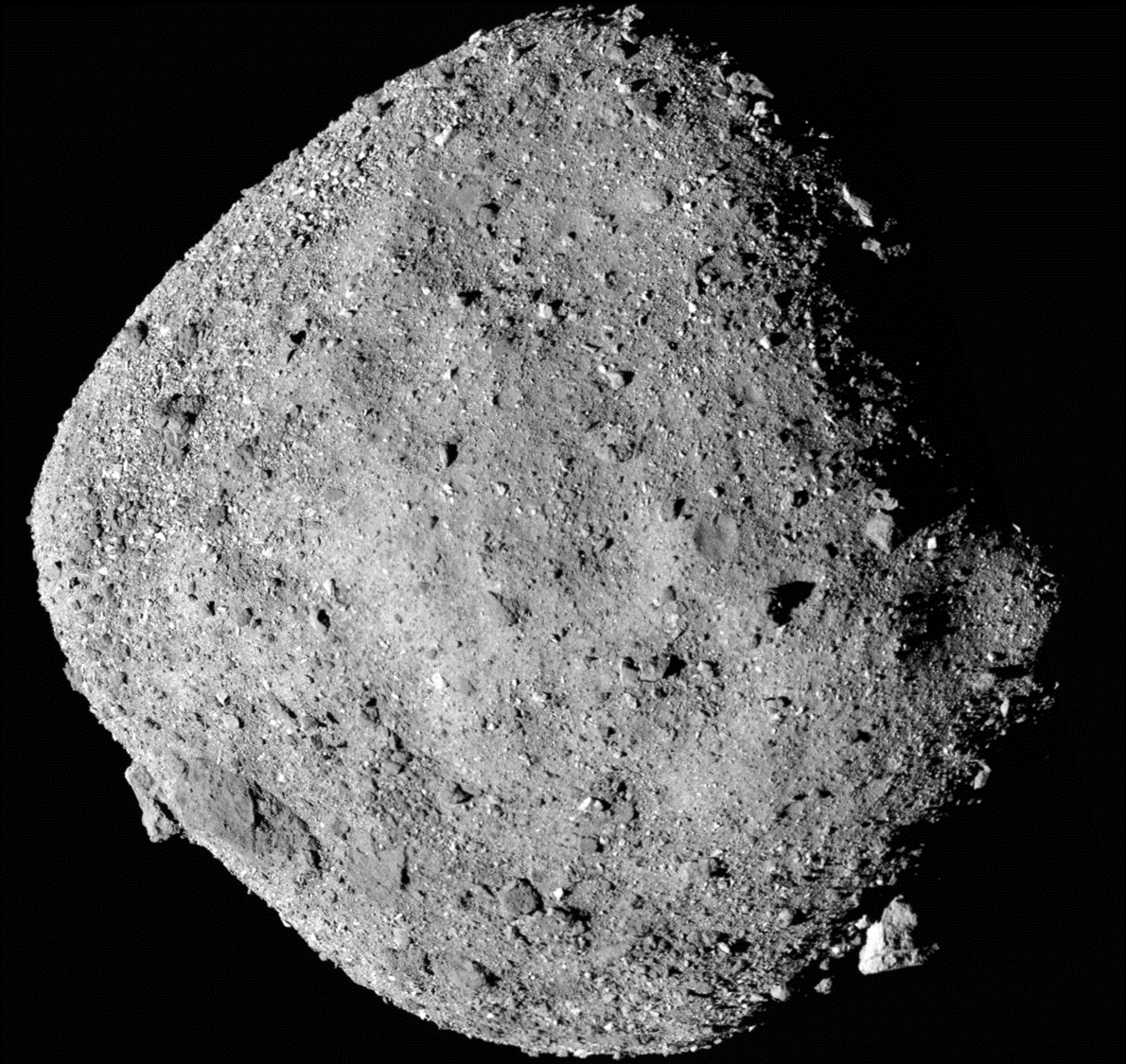
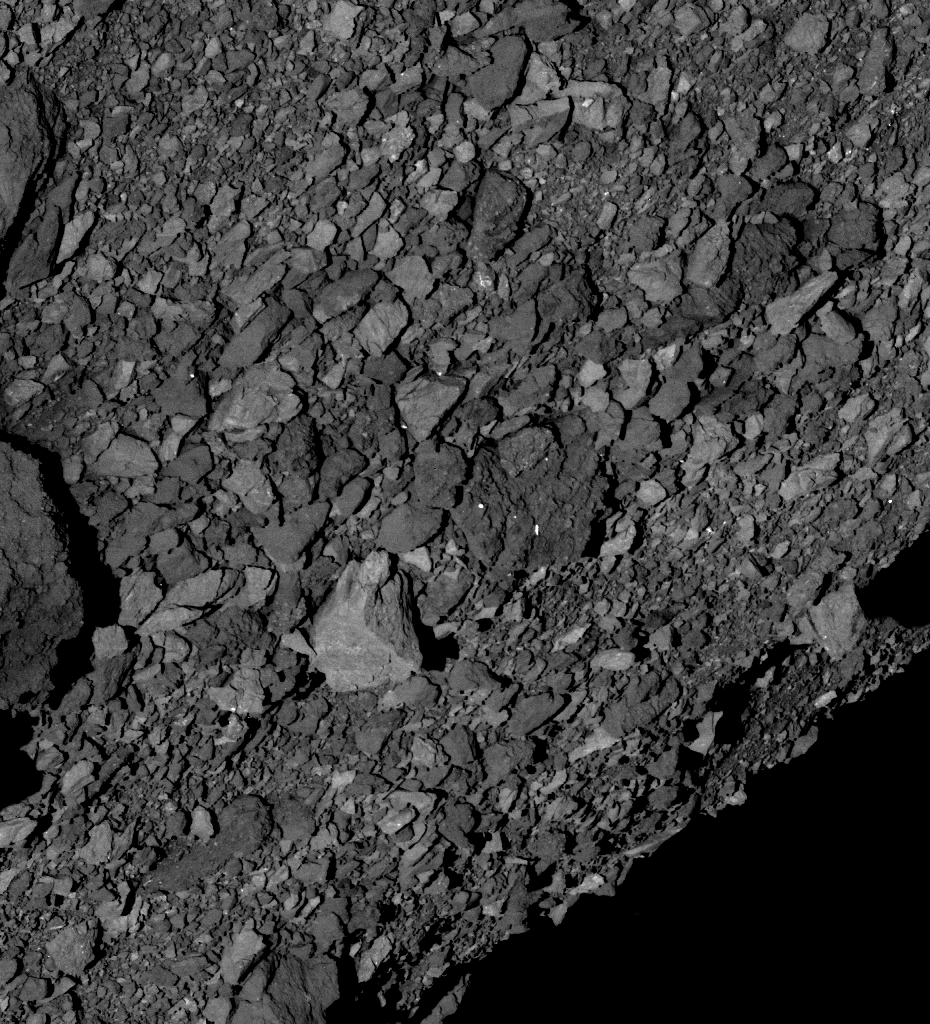
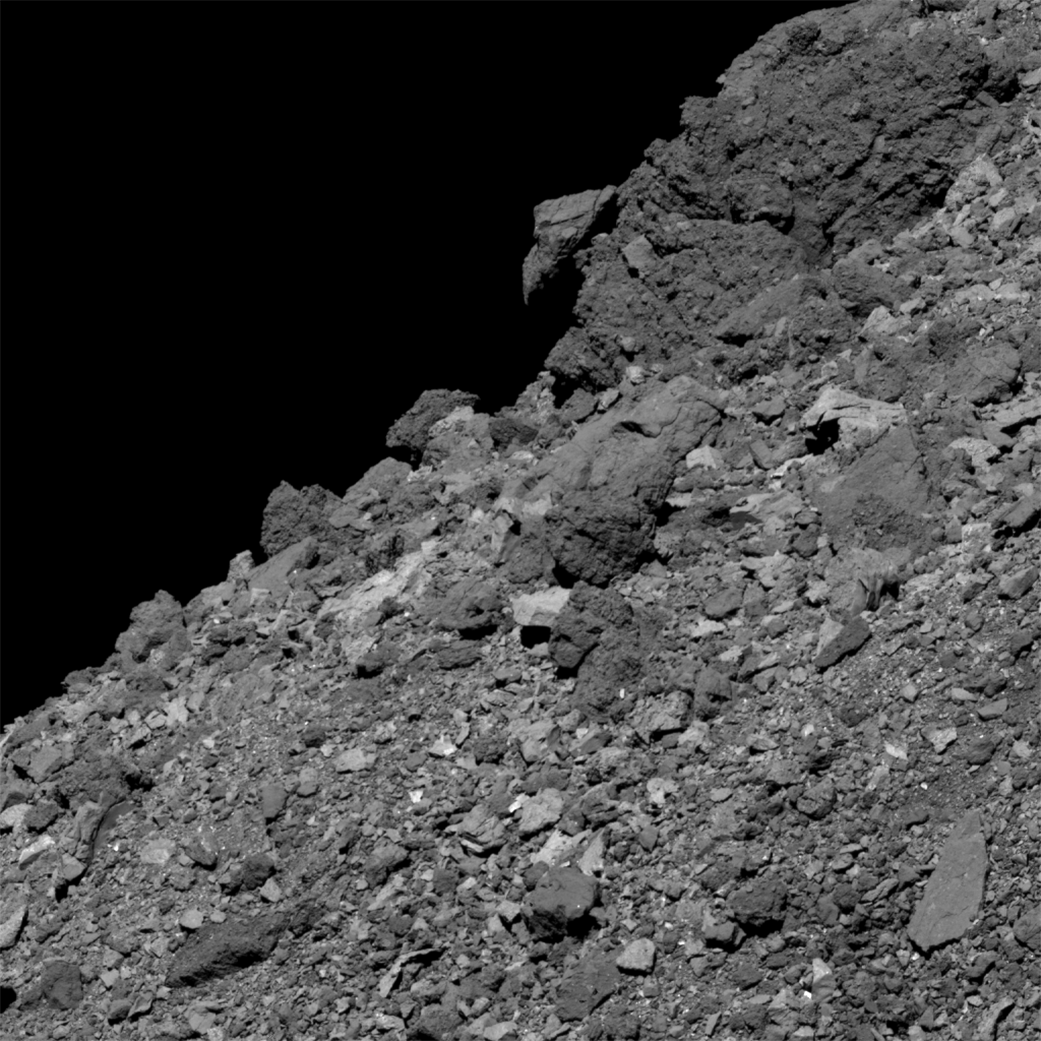
On May 10, OSIRIS-REx will enter the Earth Return Cruise phase. When it finally reaches Earth in 2023, the spacecraft will eject the Sample Return Capsule (SRC), which will descend to Earth. Using parachutes, it will land at the Utah Test and Training Range.
Scientists are eager to study the samples brought back, as they can provide valuable clues as to how asteroids, and our whole Solar System, formed. The samples will be distributed to various laboratories around the world for analysis.
Last October, it was reported that the sample acquisition from Bennu had gone even better than had been anticipated. More than the hoped-for two grams (60 ounces) of material had been collected, and the lid on the sample collector head – called the Touch-And-Go Sample Acquisition Mechanism (TAGSAM) – wasn’t closed quite properly since the container was so full of rocky and dusty debris.
“Bennu continues to surprise us with great science and also throwing a few curveballs,” said Thomas Zurbuchen, NASA’s associate administrator for science at the agency’s headquarters in Washington. “And although we may have to move more quickly to stow the sample, it’s not a bad problem to have. We are so excited to see what appears to be an abundant sample that will inspire science for decades beyond this historic moment.”
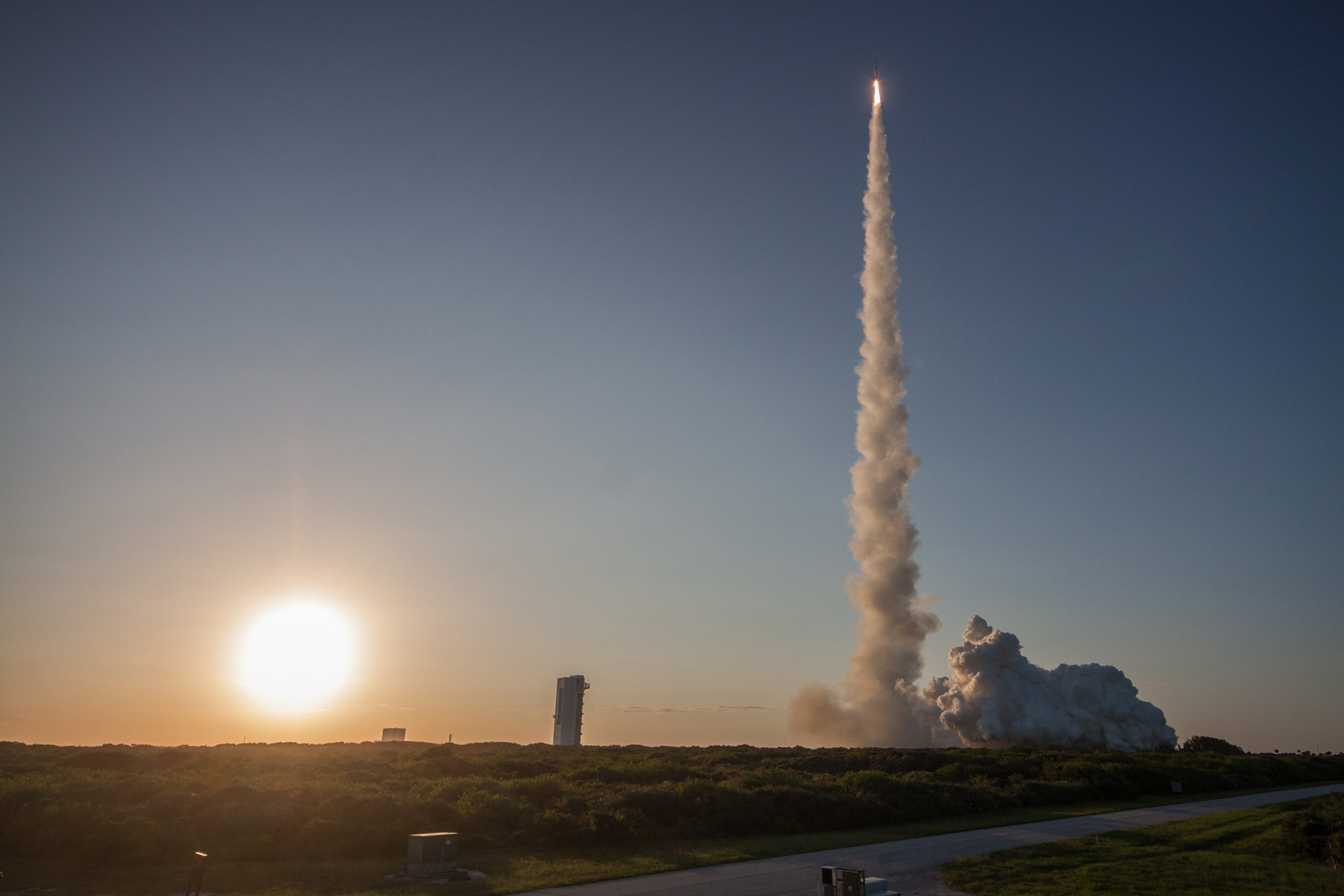
Mission scientists were concerned that some of the sample might be lost to space if it leaked through the opening of the still-slightly-open lid. But that loss seems to have been averted, and the stored sample is now ready to be brought back home.
Bennu, a near-Earth asteroid, contains carbon, and there is also now evidence for organic molecules, and ancient hydrothermal systems. This shows that the original body that Bennu broke off from billions of years ago had the ingredients for life. Asteroids like Bennu are thought to have delivered organic molecules to the early Earth, helping life to get started here. Therefore, scientists think that being able to study samples in labs, in much more detail, will help them understand how life originated on our planet, and perhaps elsewhere as well.
More information about OSIRIS-REx is available at the main mission website as well as this NASA website.
FOLLOW AmericaSpace on Facebook and Twitter!
Missions » OSIRIS-REx »



